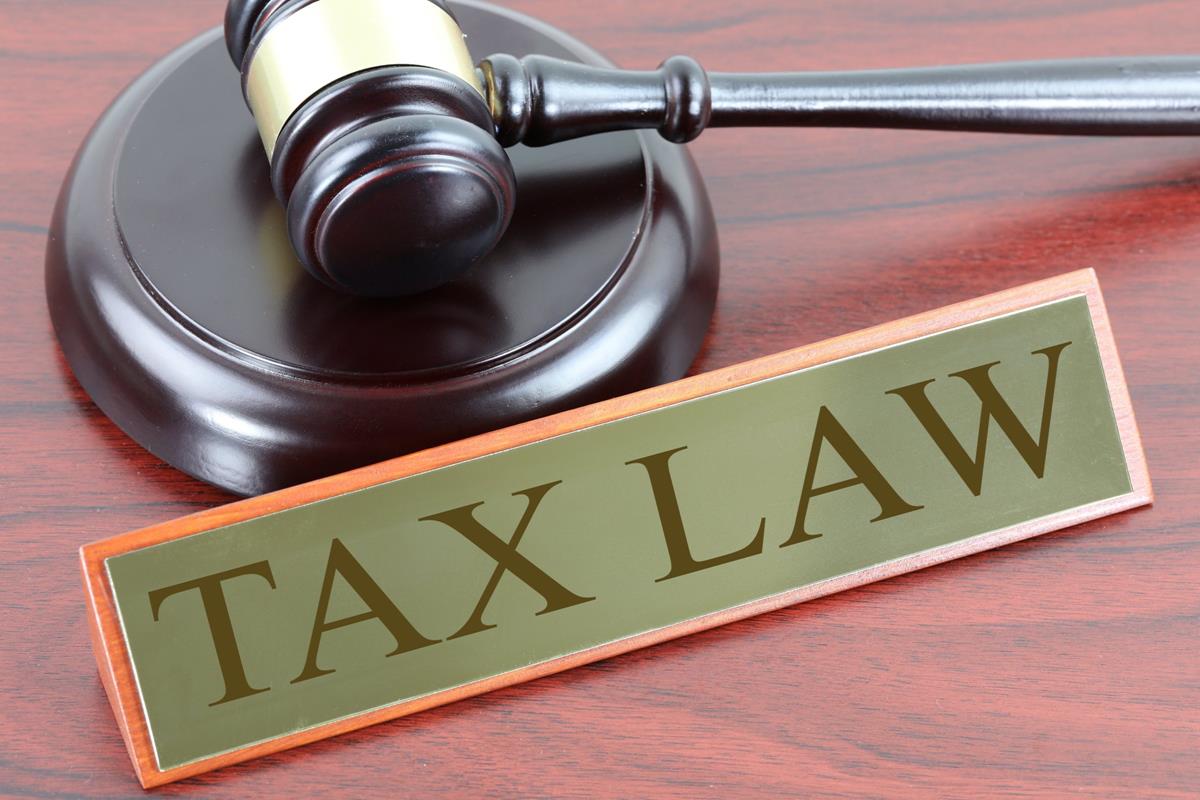
In recent months, the global financial market has faced a series of challenges that directly impact the exchange rate of the Brazilian real against the dollar. The resurgence of protectionist policies, particularly those tariffs imposed by former President Donald Trump, alongside the escalating tensions between the United States and China, raises questions about the possibility of the dollar surpassing the R$ 6 mark once again.
Current Scenario
Since the COVID-19 pandemic, the global economy has experienced unprecedented volatility. With an uneven economic recovery, investors have sought refuge in safer assets, such as the U.S. dollar. Uncertainty surrounding U.S. monetary policy, which includes potential interest rate hikes, has also influenced capital flows. In Brazil, this dynamic reflects increasing pressure on the real, which was already facing structural challenges even before the pandemic.
Additionally, the trade war between the U.S. and China has resurfaced, with the implementation of additional tariffs on Chinese goods. This situation not only affects bilateral trade but also creates an environment of uncertainty that may prompt investors to withdraw funds from emerging markets, such as Brazil, in search of greater safety in the U.S.
The Impact of Tariffs
The tariffs imposed by Trump, which were a significant hallmark of his administration, have a considerable side effect on emerging economies. When the U.S. raises tariffs on imported products from China, the impact diffuses, affecting not only China but also countries that have trade ties with both economic giants. Brazil, which is already grappling with internal economic challenges, may suffer further from decreased demand for its exports and a flight of investments.
With expectations of an increase in tariffs, investors may react by pulling capital out of Brazil, leading to a depreciation of the real. This capital outflow pushes the value of the dollar upward, making it more likely that the American currency will exceed R$ 6 once again, as it has in previous periods.
Investor Flight from Emerging Markets
The flight of investors from emerging markets intensifies in times of uncertainty, and the current situation is no different. The rise in interest rates in the U.S. can make American assets more attractive, leading investors to reassess their positions in markets like Brazil. Low economic growth, high inflation, and political instability in Brazil also contribute to this exodus.
When investors perceive that the risk in emerging markets may outweigh potential returns, they tend to seek safety in the dollar, exacerbating the pressure on the local currency. This cycle of capital outflow can result in an even greater increase in the exchange rate, making the scenario even more challenging for the Brazilian economy.
The Central Bank’s Reaction
In light of this scenario, the Central Bank of Brazil has a crucial role to play. Historically, the Central Bank can intervene in the foreign exchange market by selling dollar reserves or adjusting interest rates to try to stabilize the local currency. However, these interventions have limits and may not be sufficient to contain the pressure on the real in an adverse global environment.
The Central Bank’s decisions are also influenced by internal factors, such as the need to stimulate economic growth and control inflation. This delicate balance makes the situation even more complex, as any movement in one direction can have significant repercussions in another.
Future Projections
Predicting the dollar’s behavior against the real is complex, but current trends indicate that the American currency may keep appreciating. Factors such as escalating tensions between the U.S. and China, along with ongoing challenges in emerging markets, support this outlook. The likelihood of the dollar surpassing R$ 6 again remains a possibility.
Financial analysts advise Brazilian companies to brace for a highly volatile exchange rate environment. To mitigate risks from currency fluctuations, businesses should adopt hedging strategies and engage in thorough financial planning. This preparation is essential to navigate the uncertainties of the global economic landscape effectively. By being proactive, companies can safeguard their interests against potential adverse currency movements.
Conclusion
The economic turbulence caused by Trump’s tariffs, combined with tensions between global powers and the outflow of capital from emerging markets, places Brazil in a vulnerable position. The future of the real against the dollar will depend on a combination of internal and external factors, and the possibility of the dollar surpassing R$ 6 again is a reality that investors and the general population must consider.
As the economic landscape continues to evolve, attention must be paid to the policies adopted by both the Brazilian government and the United States, as well as the reactions of global markets. Volatility is a certainty, and adapting to this new normal will be crucial for the economic health of Brazil in the coming years. The path ahead is fraught with challenges, but with careful navigation, Brazil can strive for stability in these turbulent times.
